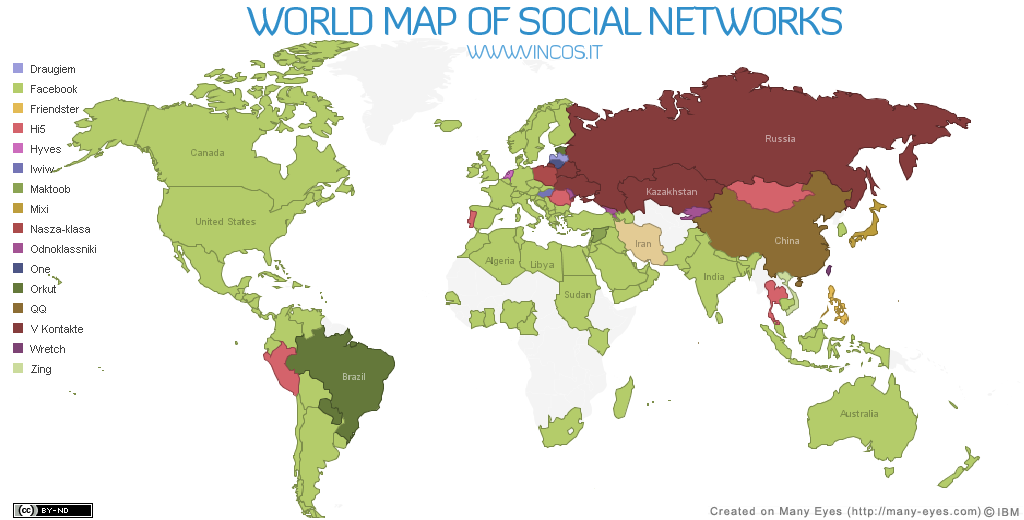View Santa Barbara (Lab 3) in a larger map
Neogeography is a very interesting and exciting development. Now people are able to conceptualize and manipulate their own perceptions of their homes and cities and world as a whole. Thanks to the straightforward and accessible technologies presented to us now through sites like google maps, the common individual can now better understand their lives in a spatial context. However, the advantages of this new accessibility come along with some risks. While we are lucky to be able to overlap satellite imagery with road maps and other overlapping layers of information, we are still at risk of falling victim to construed projections, especially when looking at large areas of land. This might lead us to misinterpret the scale and relation of different landmasses or cities.
Another risk when dealing with this new mapping scenario is that information does not always match up. Since users are able to add and remove information as they see fit, there will usually be incomplete and biased points and areas of interest unofficially placed and possibly incorrectly and so not accurately representing the true location of an area or point. I know that in my map, the areas I designated as "downtown" and "goleta" and "montecito" were placed quite ambiguously and are meant only to provide an idea of the area. Neogeography seems to be building up off of legitimately survey mapping information and into a more variable and less absolute representation of not only a physical environment but a social and psychological web of overlapping paths, points, areas, and information that we can and should both learn from and analyze with caution.




![[la+parks+health+map.bmp]](https://blogger.googleusercontent.com/img/b/R29vZ2xl/AVvXsEiy111XbVxBZbAo__kS4NgO2A0UmAzj3GsfDonVNAIXNUIsSpZt7FNPs6lcP24HjxRY0iT97jAfJi9lR9AbRaCfo8ZPBHSt6XqXlpPsOENyk80UVH0nzi2NY_tMlXKR8OrZRHRph8CTsrAU/s1600/la+parks+health+map.bmp)